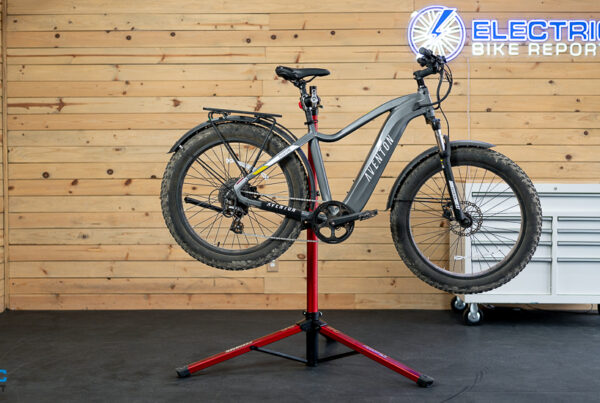Learning Opportunities for Aspiring Technicians
Historically, bike mechanics usually learned on the job. I started working in bike shops as a teenager and was mentored by men who had been in the shop for decades. But there are more options today.
United Bicycle Institute is probably the oldest of the schools, but a good search for such training yields many choices, along with many books and websites.
And, of course, there is the old school approach: Offer to work for free at a bike shop in exchange for experience as a mechanic.
Once the mechanical knowledge is developed sufficiently, the next step is to learn about the electrical/electronic side.
Key Areas of Technician Training
There are three areas of knowledge development that I regard as important:
1. Safety for the technician and the customer. This includes fire and electrical shock safety. But it also includes test ride safety. We are combining kinetic energy, electrical energy, heat, and a lot of stored energy all in one small vehicle.
2. The fundamentals of how the various systems work. Our goal, which we do appear to reach most of the time, is for the students in our classes to learn enough to figure out almost any problem. And to know where to seek help if needed.
3. Awareness of the need to attend clinics on proprietary systems so that the technician learns the error codes and solutions for such. And knowing how to gain access to service software on systems that are not proprietary. A part of this is to realize that e-bike service often requires more updating of software or adjusting values in software than it does turning a wrench.
Safety and Battery Handling
One of the big safety issues is battery handling. Preventing fires, responding correctly if a fire does occur, and disposing of old or damaged batteries.
There are two truths to consider on battery safety.
1. Almost all batteries are safe and will give no problems.
2. Problem batteries (mistreated, cheap, damaged, or suspect batteries) will be brought to the bike
shop with little or perhaps misleading information. And then trouble occurs.
When a large format Lithium Ion battery gets into thermal runaway (a fancy way to say…it catches fire), the result is very serious. Fumes and smoke are quickly followed by exploding cells that fling burning material and hot bits of battery around. These are dangerous and will cause a fire to spread.
The smoke and fumes are toxic and likely to reduce visibility to zero. The most important action of the technician is to evacuate the building.
We teach how to prevent such fires and how to minimize such fires using appropriate firefighting materials and techniques. But the dangers are such that these are not always useful. Evacuation is the most important action. We have a one-hour “Safe Battery Handling” course that comes with a certificate. This is online and has a short test.
Safe disposal of batteries is part of all of our courses, as is learning about UL and EN standards, battery shipping, and regulations.
.
.
.
#Electric #Bike #Technician
Source link








